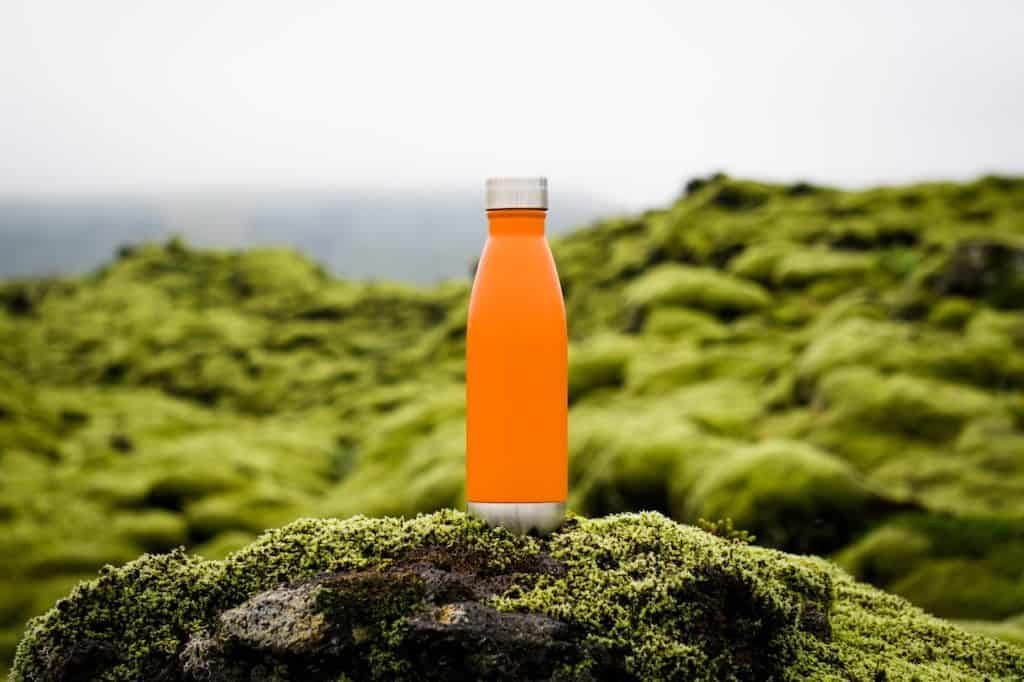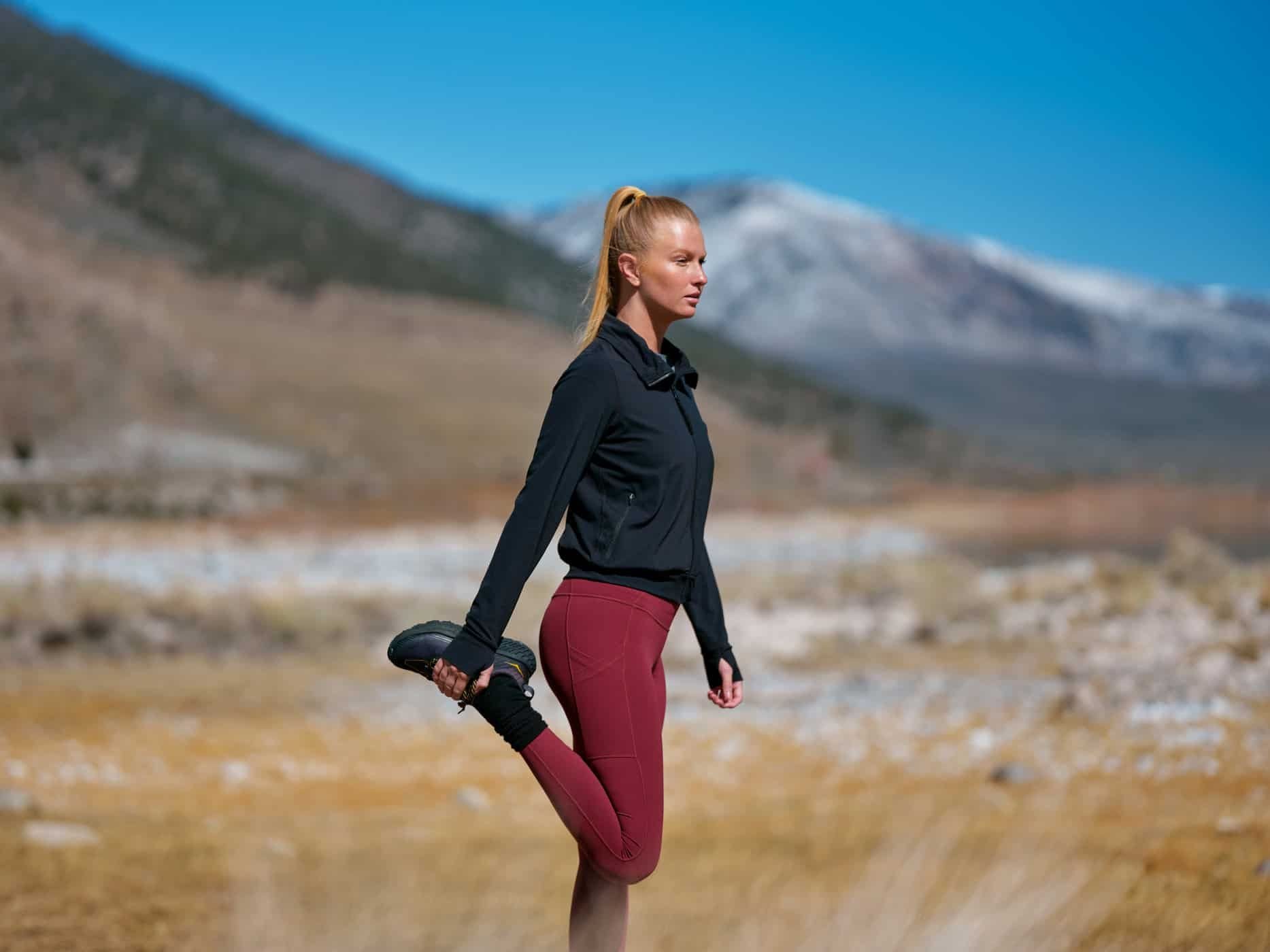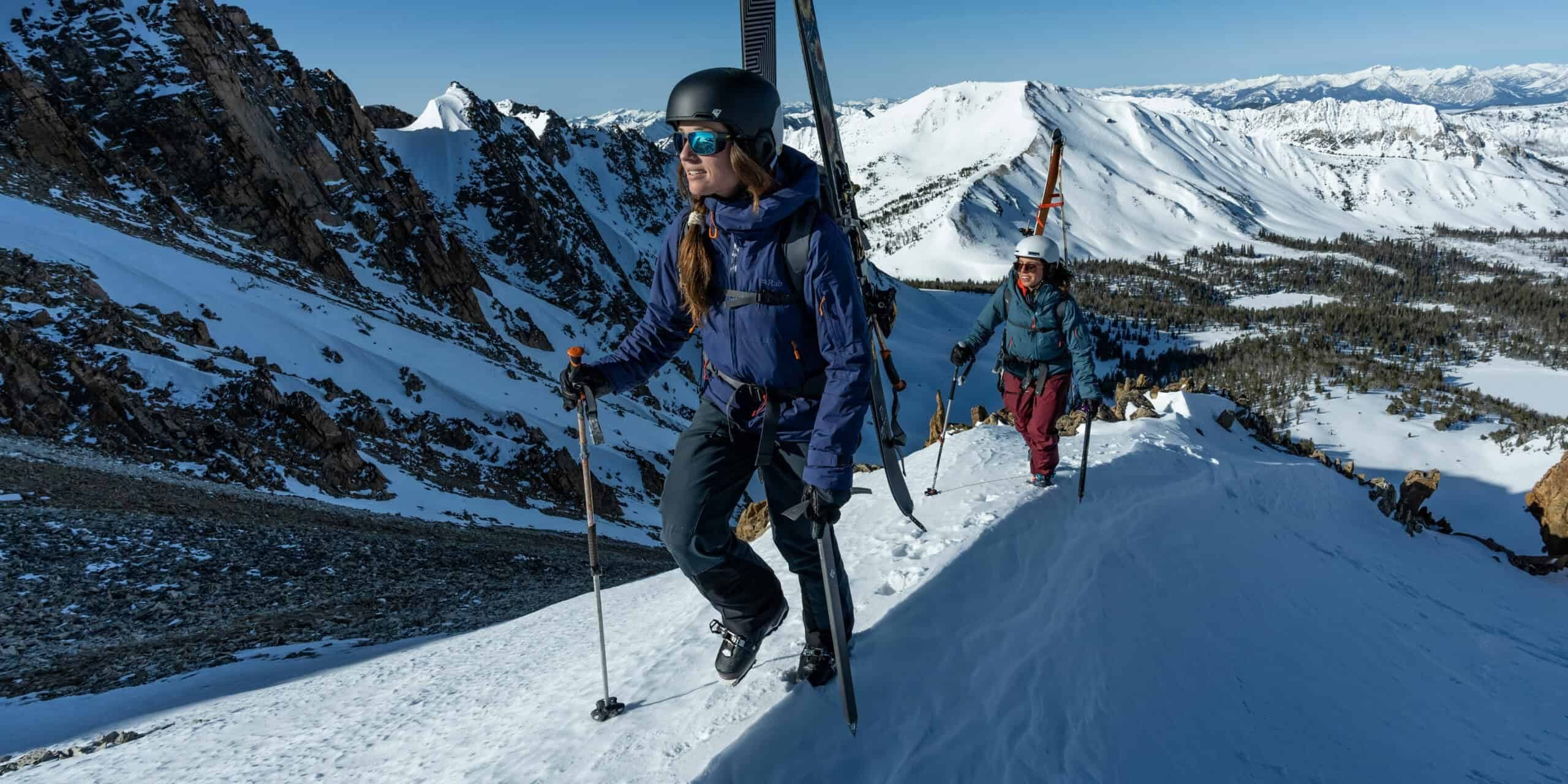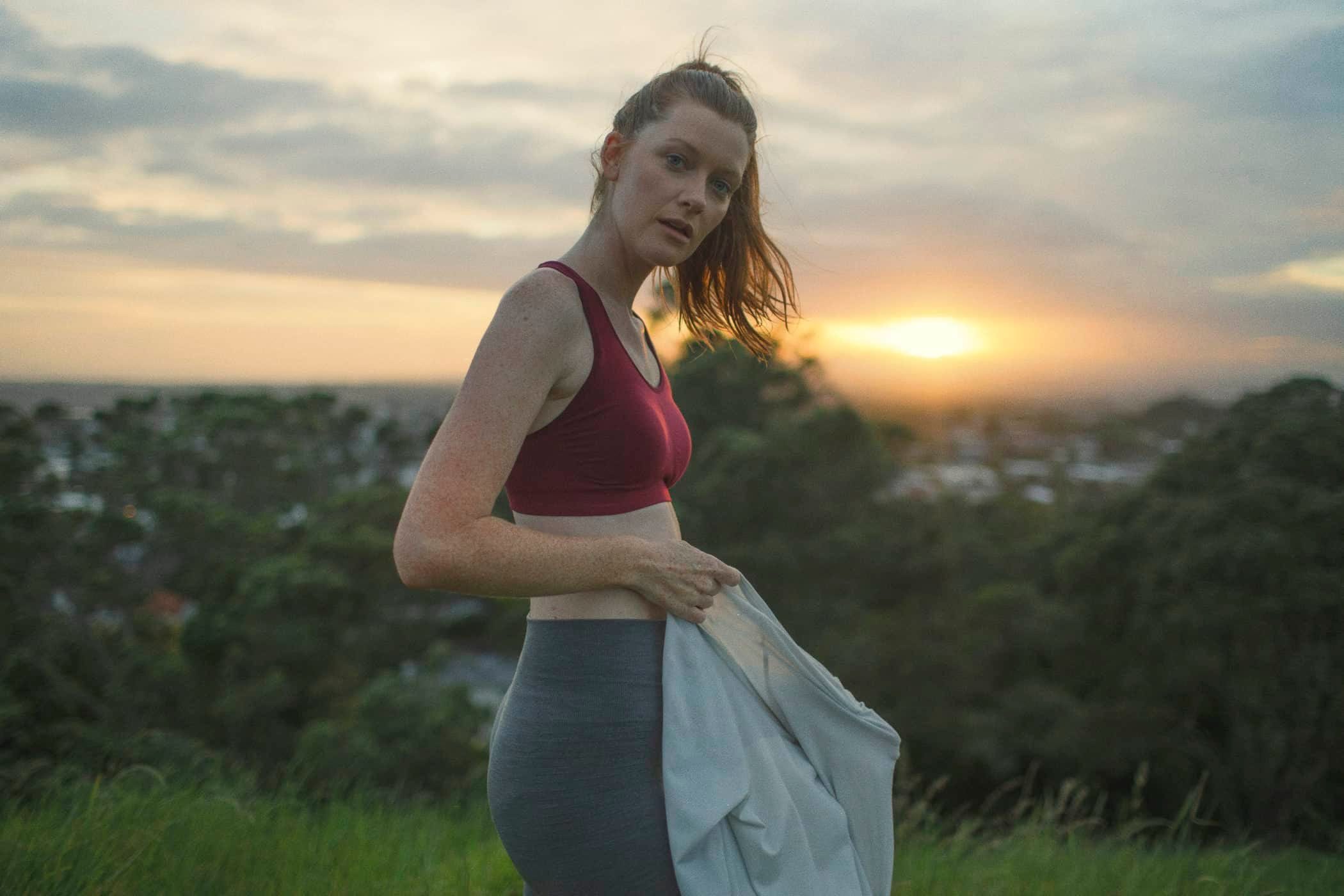ZQRX wool growers not only produce the highest quality, most ethical wool in the world, they also work to give more than they take from the natural world, the animals living in that world, and the human communities interacting with it.
Growers use a new platform called the Regenerative Index to help them measure and improve how much they give back as they restore waterways, protect native species, offset carbon, and enhance local communities.
ZQRX wool is essentially a recipe for how we might produce and consume things in the future where products will not only change our lives for the better, they will change our entire world for the better by giving a little more than they take. There are three key themes to the process.

1. Regenerative inputs and outputs
Regenerative inputs and outputs are defined by New Zealand Merino as giving a little more than they take in respect to the environment, the animal life within that environment, and the people and human communities interacting with that environment. To measure this, New Zealand Merino designed a new platform called the Regenerative Index. Growers use the index to help them measure and improve how much they give back as they restore waterways, protect native species, offset carbon and enhance local communities.
2. Technology that serves nature
Where nature has traditionally served technology, technology is used to serve nature by automating data collection and processing requirements that sit behind the index.

3. Positive human action
This is a shift from Talking Action to Taking Action and comprises two essential groups of ‘actionists’.
ZQRX wool growers
These are the ZQRX wool growers who are interacting with the natural world on your behalf each day at the grassroots level i.e. restoring waterways, protecting native species, offsetting carbon, and enhancing local communities.
ZQRX brands
These are our world-leading brand partners who are championing and celebrating growers’ efforts with end-users on a daily basis.
Let’s meet a couple of people who are raising ZQRX wool in New Zealand.

Kate Cocks – Mt Nicholas Station, Queenstown, New Zealand
Mt Nicholas Station is a 40,000 hectare (100,000 acre), high-country merino station on the shores of Lake Wakatipu near Queenstown. The property is owned and run by Kate and Jack Cocks, who believe in working with nature and farming with a light touch.
On Mt Nicholas, they don’t measure sheep per acre, they measure acres per sheep. The sheep spends summers in the high alpine. In autumn, a 10-day muster by horseback and foot brings the sheep down from the snowline to pastures which have had months to recover.
Kate and Jack Cocks run the Station on hydroelectricity generated from overflow from their own protected wetlands. An amazing example of working with nature to give more than you take.

Grant Barbara – Glenburn, Canterbury, New Zealand
Grant and Cheryl Barbara farm Glenbourne near Waiau in North Canterbury. Grant calls himself a farmer as well as an environmentalist – he has been using regenerative techniques like direct drilling pasture for more than a decade.
When a major faultline ruptured through the property in 2016, an insurance shortfall left the Barbaras looking for ways to reduce costs. They removed commercial fertiliser and ramped up their efforts in soil health. Grant now says he is primarily farming the soil – with everything else a by-product of what’s happening under the ground. He’s seen year-on-year improvements in topsoil quality and depth and this has, in turn, brought improvements to pasture and animal health.







